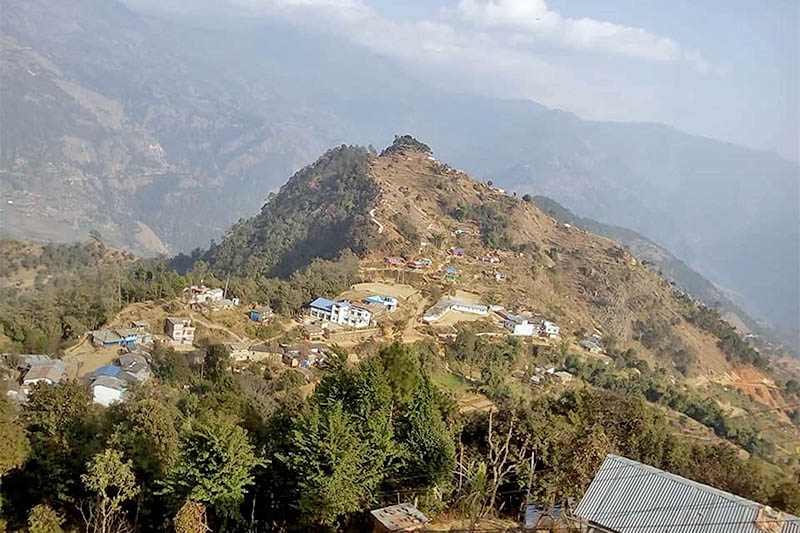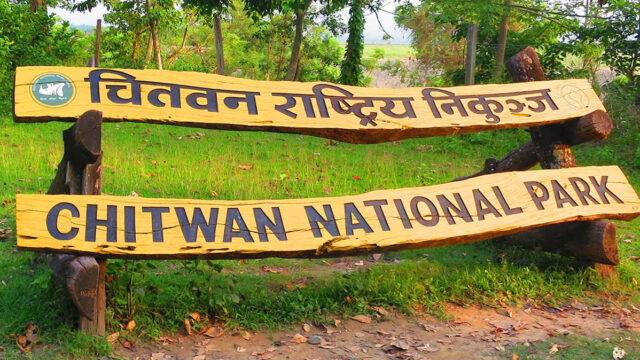Myagdi, a region rich in tourist potential, has seen the development of infrastructure in Jyamrukot and Dholthan with joint investment from local and provincial governments. These projects aim to boost tourism in Beni Municipality, specifically in wards 2 and 9.
Supported by the Gandaki Province’s Industry and Tourism Office, infrastructure expansions have been made in the Khadgabhawani Kot area of Jyamrukot and the Dholthan Palace complex. Beni Municipality’s Chief, Surat KC, stated that a 38-meter long, two-meter high retaining wall was built at Khadgabhawani Kot with a budget of Rs. 1 million from the province.
Rs. 2 million was allocated for the conservation and development of Dholthan Palace, split equally between the Land and Watershed Management Office of Parbat and the Industry and Tourism Office of Myagdi. Ward Chair Yam Bahadur Karki highlighted that these developments aim to extend tourists’ stays in Beni, enhancing visitor engagement and infrastructure.
Chairperson Karki noted that the expanded Kot premises now include seating arrangements for visitors, thanks to a retaining wall built with provincial support. Previously, a 308-meter concrete path from Bhakunde to Khadgabhawani Kot was constructed with Rs. 1.5 million in provincial funds. Last year, an additional pathway to Kot was built with Rs. 1 million, and a temple for Ganesh was constructed within the Kot premises for Rs. 500,000.
Ram Krishna Ghimire, Chairperson of the Khadgabhawani Kot and Guthi Management Committee, mentioned that further developments include a 210-meter fence, a 200-meter road, a courtyard, and spaces for ceremonial offerings. He emphasized the historical significance of Jyamrukkot, which dates back to the 15th century when the Thapa dynasty ruled the area. The site includes ancient weapons, relics, and royal water sources, spanning 42 ropanis.
Jyamrukot, at an elevation of 1,648 meters, offers views of Dhaulagiri, Nilgiri, Annapurna, Beni Bazaar, Panchkot, and several rural villages. Similarly, efforts to preserve Dholthan, Parbat state’s capital from 1631 to 1843, are progressing rapidly.
At the Dholthan Palace site, traditional craftsmanship has been employed to build rest areas, viewing spots, pathways, and a stone entrance gate. Ward Chair Chakra KC noted that Dholthan was the summer capital for King Dimvavam Malla, and the municipality has integrated local skills in developing the area.
The provincial government also allocated an additional Rs. 1 million for garden wall construction at Dholthan. With previous funding of Rs. 3 million, the area saw the construction of roads, pathways, gardens, public restrooms, and rest areas. Plans include a museum to preserve historical records and a trekking route connecting Galeshwor to Dholthan via Ghatan.






